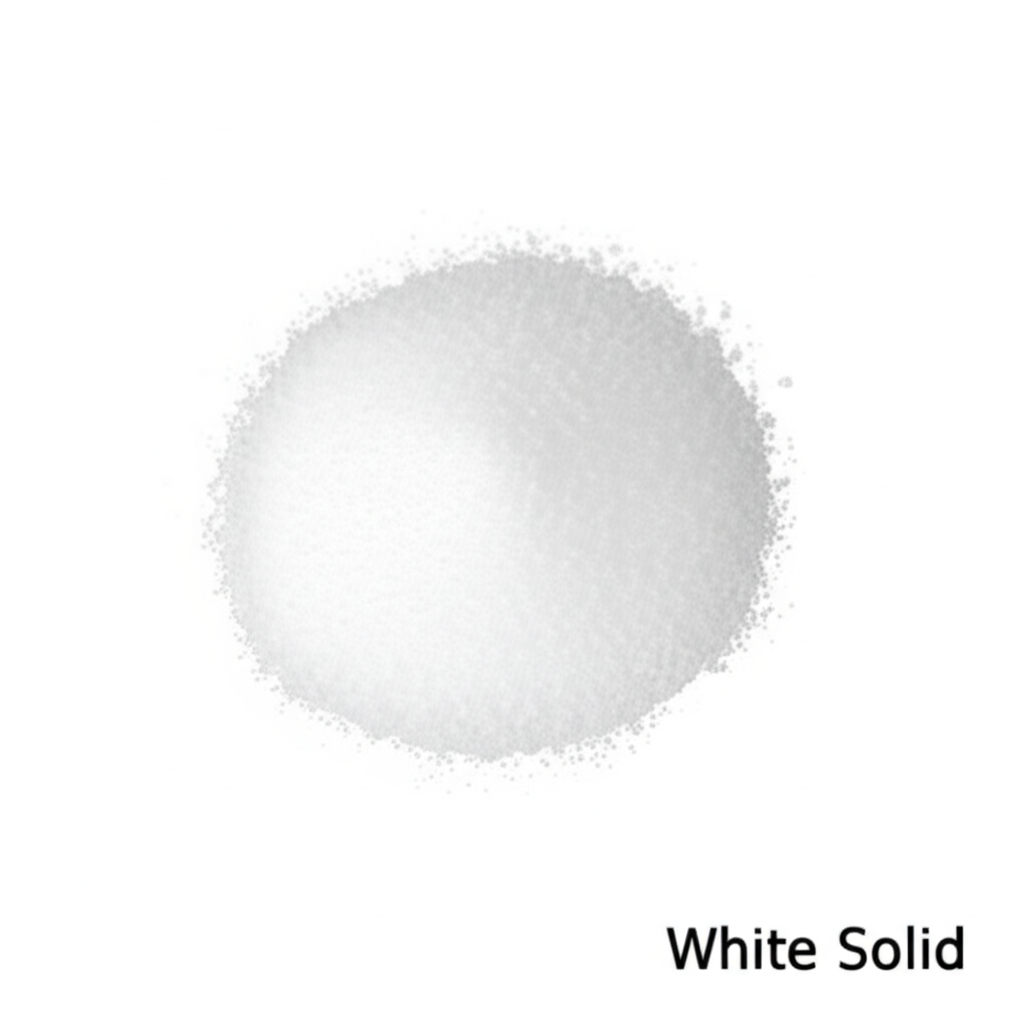2,2-Dimethylethenylboronic Acid: A Versatile Building Block for Organic Synthesis
Unlock complex molecular structures with this essential organoboron compound.
Get a Quote & SampleProduct Core Value

2,2-Dimethylethenylboronic Acid
As a crucial organoboron compound, 2,2-Dimethylethenylboronic acid (CAS 14559-88-7) serves as a fundamental building block in sophisticated organic synthesis. Its unique structure and reactivity make it indispensable for creating complex molecular architectures, particularly within the pharmaceutical industry. This acid is instrumental in various chemical transformations, enabling the efficient construction of target molecules.
- Leverage the power of organoboron compounds in organic synthesis for your next project, benefiting from established reaction pathways.
- Explore the synthesis of prostaglandins with boronic acids, a key application where this compound demonstrates significant utility.
- Achieve high precision in your reactions through enantioselective conjugate addition of boronic acids, leading to stereochemically defined products.
- Utilize this compound in Suzuki-Miyaura coupling reactions to form new carbon-carbon bonds with high efficiency and selectivity.
Key Advantages
Synthetic Versatility
The inherent reactivity of 2,2-Dimethylethenylboronic acid allows for a wide array of chemical transformations, making it a cornerstone in complex molecule construction. Its role in enabling precise bond formations is critical for advanced synthetic strategies.
Pharmaceutical Relevance
Its proven efficacy in synthesizing biologically active compounds like prostaglandins positions it as a valuable intermediate in pharmaceutical research and development. Discovering the preparation of 2,2-dimethyl vinyl boric acid methods highlights its accessibility for industrial applications.
Catalytic Efficiency
When employed in catalyzed reactions, such as the Suzuki-Miyaura coupling, this boronic acid derivative promotes efficient cross-coupling, accelerating synthesis timelines and improving overall yields, contributing to efficient organic synthesis.
Key Applications
Organic Synthesis
As a core component in organic synthesis, it facilitates the creation of diverse carbon skeletons and functional group manipulations, essential for developing novel chemical entities.
Pharmaceutical Development
Its role in constructing intermediates for pharmaceuticals, particularly those with complex structures like prostaglandins, underscores its significance in drug discovery and development.
Fine Chemical Production
Used in the synthesis of fine chemicals, it contributes to the production of high-value materials and specialized compounds required across various industries.
Catalytic Coupling Reactions
Its participation in palladium-catalyzed cross-coupling reactions, such as the Suzuki-Miyaura coupling, is crucial for forming C-C bonds in a controlled and predictable manner.
